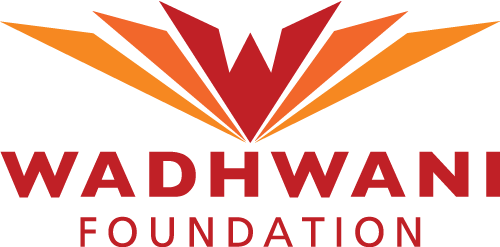Ease of Doing Business for MSMEs: It is ironic that in adversity, partnerships should be an instinctive response to help each other and make each other win but in reality, we see a different picture.
Por Samir Sathe
Facilidad de hacer negocios para las mipymes: We estimate India’s GDP between -8 per cent and -15 per cent in Q3, between 2 per cent and -4 per cent in Q4, ending 2020 anywhere between 1 per cent and -10 per cent. For the three quarters from April, MSMEs are likely to have contributed between $600 billion and $900 billion to India’s GDP. One of the largely unlevered assets is partnerships. It is ironic that in adversity, partnerships should be an instinctive response to help each other and make each other win but in reality, we see a different picture.

All partnership activities in the model depicted in the exhibit 1 (X-axis represents the driver of partnerships and Y-axis represents the ladder of it), except for conflict resolution which has increased in transactions, have dipped or remained stagnant, if one studies the period between Jan 2020 and September 2020.
The evidence suggests that M&A activity during Jan and Sep 2020, declined between 25 per cent and 80 per cent across the globe. Take partnerships between customers and suppliers, take trade ties between countries, take transactions in business, as usual, take constructive alliances to shape the future together, one sees the incidence of partnerships dipped. It is not only a corollary to the subdued or negative economic activities. There is more to it.
The crisis has fractured the sentiments, may have crippled the rationality and has, in fact, may have impaired the judgement of millions of entrepreneurs. We ought to help each other in periods of crisis, and we aren’t. What explains this phenomenon?
Extrinsic, intrinsic motivators of competition, partnerships
Psychologists have named the extrinsic motivation – a reward to the one who wins at the cost of someone else – as the key driver of competition. In contrast, the partnership thrives on the premise that one share the reward or loss of the outcome of the partnership, partly driven by ‘intrinsic’ motivation, to help each other, even if it means, the potential loss in the gains or rewards.
If one characterizes the current situation, one discovers the underlying absence of extrinsic motivators. The promise of reward is blurred at best and invisible at worst. Further, there is a more pronounced absence of the intrinsic motivators for enterprises to forge partnerships when resources are thin, capital is scarce, survival is at stake and entrepreneurs are wired to win against the competition. As a result, economic activities have dipped, and so have partnerships.
Addressing $300b potential opportunity by 2025
MSMEs have the potential to add $300 billion to the GDP by 2025. How? First, actualize demand networks. This opportunity lies in the demand generation-market access-platforms and channels and trade linkages in and outside India. Today, as many as 98 per cent of the MSMEs are outside the ambit of the market access platforms. Tens of privately-owned platforms in India have begun to offer market access but reaching the corners of India will take long.
The private sector platforms need to work together to maximize the reach, speedily enough to cover as many as these entrepreneurs. The transaction volumes from these platforms would give a necessary push to the desired scale necessary for the small enterprises. A massive implementation roll out of the digital access to these SMEs is the first step.
While this partnership potential lies between the platforms and private players, the government needs to be a catalyst in ensuring the coverage of MSMEs in the nooks and corners of India. It could also take the role of further taking the scope of these platforms into a giant web of platforms with international trade partners, thus amplifying the scale of partnerships across the boundaries, globally. It could even fund these platforms.
While initially, the scale of business would be largely transactional in nature, it creates a basic condition and multiplier impact in forming the partnerships of higher-order such as co-creation of products or shaping the new collective future together, etc., which, in turn, is a vehicle to build value-creating M&As.
There is also a potential in thinking hyper-local. The MSMEs and state governments must form partnerships to leverage the local strengths of the clusters. The potential to build partnerships to unleash even the grassroot innovations and resident legacy business and cultural strengths of geographies is massive and untapped. The partnership potential cannot be an exercise in numbers on paper. If MSMEs were to survive and grow faster, the intrinsic motivators to help each other and sharing a reward must co-exist and perhaps overpower the extrinsic motivation to win a reward alone.
Fuente: Expreso Financiero




